Unfortunately, most of us have had to experience waking up and seeing large intricate spider-webs hanging from strange corners in our homes.
We remember having shut all our doors and windows tight and are ultimately left wondering, “how did these tiny eight-legged creatures get inside our loving abodes”? We’re here to help answer that question for you!
The truth is that spiders are agile creatures, and they can sneak inside through the tiniest of gaps that, as humans, we might not even be able to spot with the naked eye. Plus, spiders can crawl to any heights along your exterior walls.
Rest assured that some of them are constantly crawling along those walls looking for any chink in your home’s armory to make their grand entry.
We are here to break down the whole mystery for you. Here is a deep-dive into the various entry points through which spiders make their way into our houses. We will also look at a few easy and DIY remedies to plug these holes in our house-defense fences.
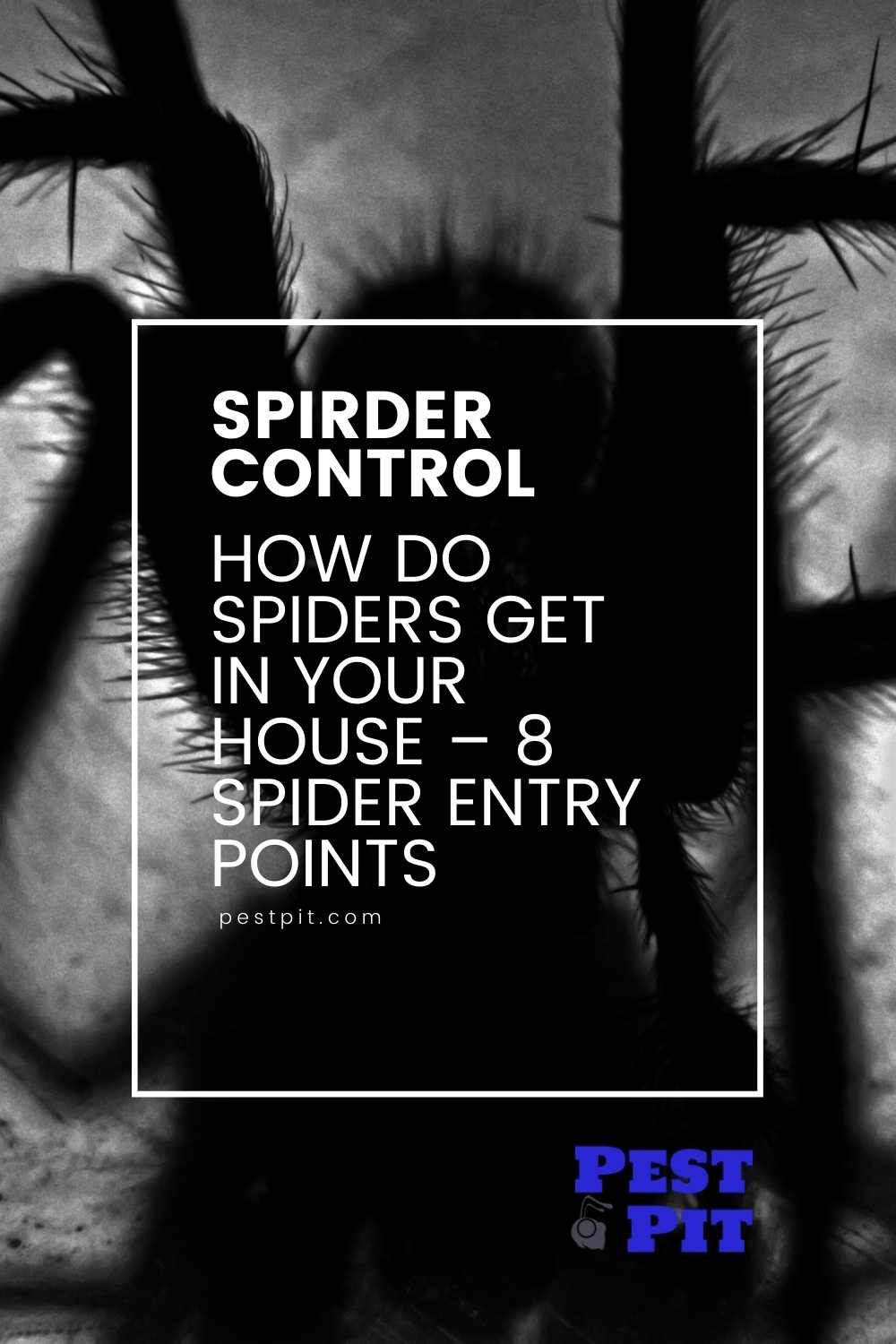
How Do Spiders Get In Your House? By Using One Of These 8 Methods
The best thing you can do to get rid of spiders is to reduce the chances of them getting in your home in the first place.
A house spider will always find a way into your home, but by removing these entry points, you are reducing the chances of infiltration!
Then you can walk into your bathroom a little easier knowing that the chances of having a spider in your bath are lower.
1. Tiny Holes in Wooden Window Frames
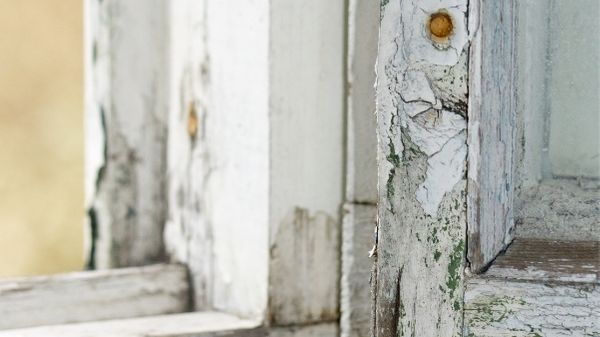
You might be preening about having installed strong, high-quality wooden frames for your windows that are double the thickness of the average frame-thickness in your neighborhood. However, doing so does not stop carpenter ants from drilling tiny holes in these frames by feasting on the wood.
At this point, spiders can easily squeeze into your home through one of these holes and surprise you with their superior weaving skills.
You should regularly inspect windows for such gaps and seal them with proper sealants. White cement would be a good option for this type of work.
Additionally, wooden putty and several specialty wooden fillers available in the market can also be helpful.
Gaps in your window frame are one of the most common reasons you get spiders in your home.
2. The Room Below the Doors
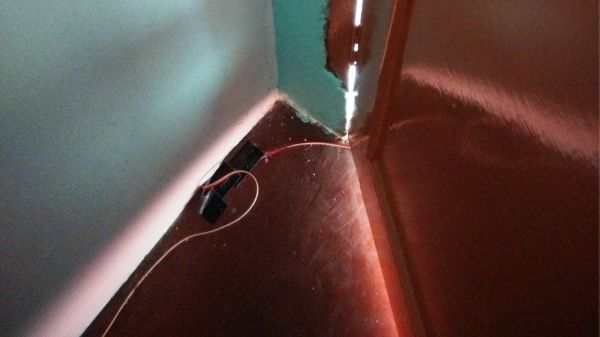
Similarly, you might have invested in expensive high-quality flash doors to secure your spaces. While this would certainly help keep the bad guys out, spiders are a little too clever to be blocked by single blocks of wood.
Most door frames have tiny slits beneath them, and if you do not use properly-sized doormats, they have all the room they need to slip in.
Alternatively, spiders can also make their way in through withering sliding glass doors. The tiny gaps around the door edges and tops are also potential entry points.
The most effective way to prevent spider entry through such points is to use good doormats that fit snugly into the space between the door and the floor beneath.
Choosing the right-sized door that properly fits within the available space also helps. If there are too many spiders in your house, you might also consider plugging the gaps with DIY stuff like towels and bedsheets or buy some special products available in the market.
3. Garage Point
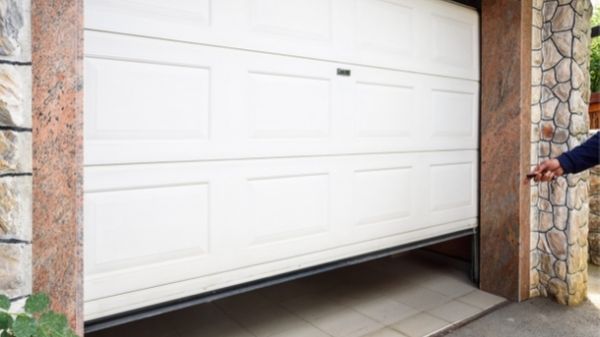
We usually do not take as much care of our garages as our homes. That’s the perfect setting and opportunity for spiders to invade your home.
Spiders first set up their base in garages by sneaking in through the chunks in the garage door or when the door is left open. Once they are settled there, they will find some tiny hole that leads into your house interiors. Ceilings are a potential target for this kind of spider entry.
To prevent spider entries through the garage, you must take care to keep the door shut whenever possible. Also, make sure the garage door is in good condition and fits tightly.
Periodic inspection of the garage for any cracks or gaps that connect with your house interiors also helps.
If you spot any, make sure to seal them up right away with a proper material such as white cement or mortar.
4. Piping in the House
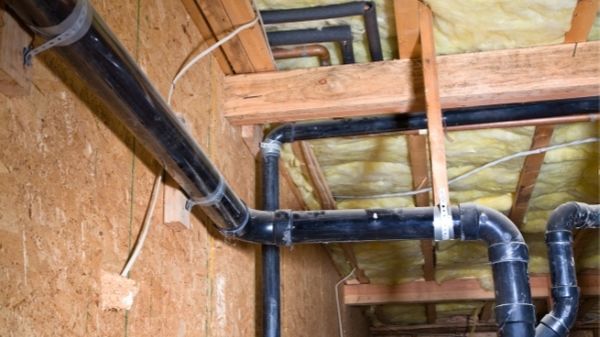
Some homes are designed so that pipes are inlaid inside their walls. Over time, these might develop minute cracks, and the mortar around the pipes might also scale off. Spiders can easily make their entry into your house through one of these.
You should engage a house plumber to monitor the health of your pipes. In case of any damage, timely maintenance work would help keep spiders out.
5. Trees Around the House

Trees are natural dwelling spaces for spiders. If your house is surrounded by trees whose branches roll over into your roof or touch the external walls, they can provide a passageway for spiders to climb into your house.
You can plug these entry gateways by regularly pruning overgrown tree branches and ensuring a sufficient gap between them and your house structure.
6. Smart Home Lighting Design

Spiders naturally prey on house flies, and house flies gather around bright lights.
If you have several bright lights installed in the exteriors of your house, spiders will come there to feed on the flies. From here, they can get an easy entry point inside your home.
You can reduce the number of external lights to plug this entry-point for spiders. If that is not entirely possible, you could replace some of the white lights with old-styled yellow lights that are less attractive to insects.
7. Draw the Shades During Night-Time
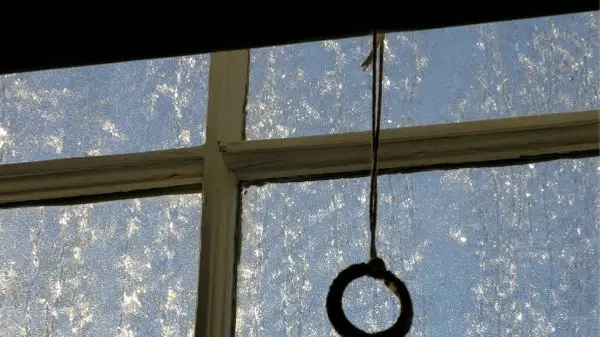
This point on our list is actually a bit tangential, but every bit worth keeping in mind. You might have observed that your windows are generally covered with a cobweb.
The reason for this is that spiders are intelligent creatures. They know that flies get attracted to the lights inside your house at night and try to make their way in through the windows.
By weaving their webs here, spiders can catch these flies as easy food.
To plug this gap in your border wall, you can draw the shades in your rooms during nighttime. By cutting off the light from escaping, you are essentially reducing the number of flies hovering around your windows.
Spiders then have no reason to weave their webs here and hence no reason to visit these areas. They will then not make entries inside your homes as well.
8. Moist and Damp Spaces
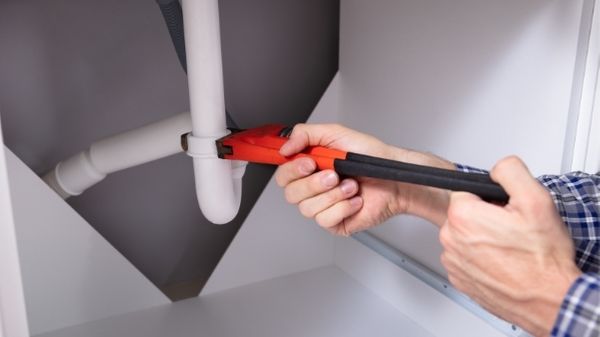
Moist areas around your house are the natural abode of a variety of insects and bugs. Hunter spiders are likely to visit these areas to latch onto some easy prey regularly.
From this point, they will probably seek new pastures and make an entry attempt inside your home as well.
You can prevent such break-in attempts by keeping your property dry and airy. Ensure that you have a sound plumbing system installed without too many leaks.
Seal all the gutters and unclog the drainage system to ensure there is no standing water.
Trim tree branches periodically to let your property enjoy plenty of sunlight. Ensure good air circulation by planning the architecture in such a manner.
Keeping Spiders Away From Your Home – Conclusion
Spiders are clever creatures and natural artists at their craft. They can enter your home through multiple gaps and holes. It would help if you proactively plugged these entry-points periodically to keep these creatures away effectively.
You may engage the services of a qualified pest-control company in your area. Their experts would provide end-to-end services to rid your house of any vulnerabilities that spiders might exploit.
Additionally, they’ll provide you with valuable advice that will help you take the right action in the future to protect your house from spiders and other insects.

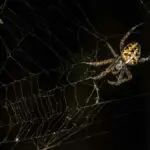
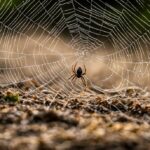

Thank you It was a great article and very helpful. Interesting how we have all these common household products in our home to use already available.
Thank you again